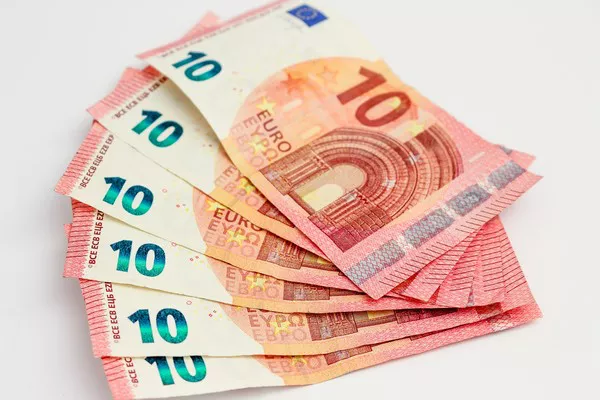The 50 euro cent coin, a small but significant denomination within the Eurozone currency, represents both the economic strength and cultural diversity of the member countries. Introduced in 2002 alongside the euro banknotes, this coin holds a unique place in the world of numismatics. In this article, we will delve into the historical background, design features, and cultural significance of the 50 euro cent coin.
Historical Context:
The euro, established as the official currency of the Eurozone, came into existence on January 1, 1999, for electronic transactions. Subsequently, euro banknotes and coins were introduced on January 1, 2002. The 50 euro cent coin is part of a set of eight denominations ranging from 1 cent to 2 euros. Its design and characteristics reflect the unity and diversity of the countries using the euro.
Design Features:
The obverse side of the 50 euro cent coin features a common design found across all Eurozone member countries. It displays a map of Europe, symbolizing the union and cohesion of nations within the Eurozone. The reverse side, however, is where the cultural richness of each participating country is highlighted. Member states have the freedom to choose their own design for this side, resulting in a wide array of artistic expressions.
Each country takes advantage of this opportunity to showcase its unique heritage, history, or prominent figures. For example, the Spanish 50 euro cent coin features the Cathedral of Santiago de Compostela, a UNESCO World Heritage Site, while the French coin showcases Marianne, the symbol of the French Republic. The attention to detail and cultural significance embedded in these designs make the 50 euro cent coin a fascinating collector’s item.
Technical Specifications:
The 50 euro cent coin is composed of a unique combination of metals, contributing to its distinctive appearance. It is made from a copper-nickel alloy, providing durability and resistance to corrosion. With a diameter of 24.25 millimeters and a weight of 7.80 grams, the coin strikes a balance between usability and aesthetic appeal.
The edge of the coin features fine scallops, adding an additional layer of texture and design. The precision and craftsmanship involved in the production of these coins contribute to their overall appeal and longevity. The choice of materials and attention to detail align with the Eurozone’s commitment to quality in its currency.
Cultural Significance:
Beyond its technical specifications, the 50 euro cent coin holds cultural significance for both the issuing country and the Eurozone as a whole. The diverse range of designs reflects the shared history and values of the member states. Collectors often seek out these coins not only for their monetary value but also for the stories they tell about the countries they represent.
For individuals traveling within the Eurozone, the 50 euro cent coin serves as a tangible reminder of the interconnectedness of European nations. It fosters a sense of unity while celebrating the distinctiveness of each member country. Additionally, the circulation of these coins aids in promoting cross-cultural awareness and appreciation.
Collectibility and Rarity:
Numismatists and coin collectors worldwide are drawn to the 50 euro cent coin due to its unique characteristics and limited mintages. While the coin is commonly used in everyday transactions, certain editions with special designs or mint marks can become sought-after collectibles. The scarcity of these editions contributes to their value and desirability among collectors.
Investors and collectors alike recognize the potential for these coins to appreciate over time, making them not only a piece of cultural history but also a sound financial investment. As with any collectible, the value of a 50 euro cent coin can vary based on factors such as condition, rarity, and historical significance.
See Also When Will The Euro Go Back Up? A Comprehensive Outlook
Conclusion:
In conclusion, the 50 euro cent coin stands as a testament to the Eurozone’s commitment to unity amid diversity. Its intricate design, technical precision, and cultural significance make it a fascinating subject for collectors and enthusiasts alike. As we continue to witness the evolution of global currencies, the 50 euro cent coin remains a tangible symbol of the shared history and values that bind the nations of the Eurozone together. Whether as a means of exchange or a piece of numismatic art, this coin holds its place with grace and elegance in the world of modern currency.


